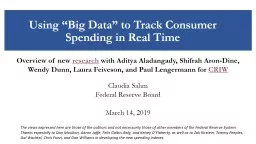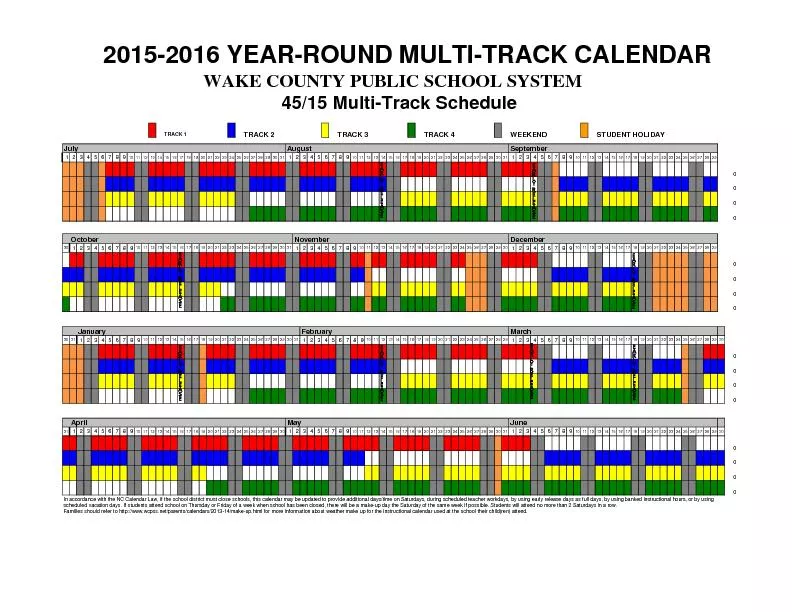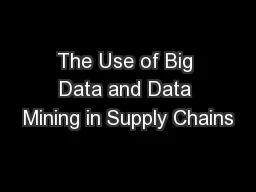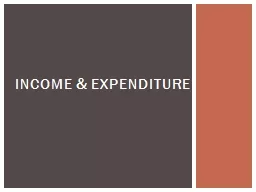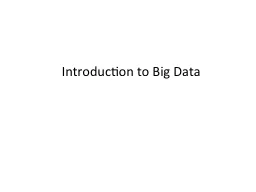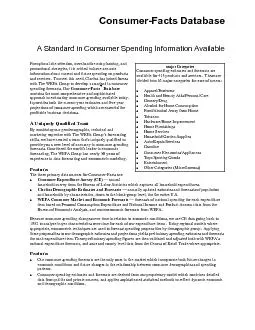PPT-Using “Big Data” to Track Consumer Spending in Real Time
Author : stefany-barnette | Published Date : 2019-12-14
Using Big Data to Track Consumer Spending in Real Time Claudia Sahm Federal Reserve Board March 14 2019 The views expressed here are those of the authors and not
Presentation Embed Code
Download Presentation
Download Presentation The PPT/PDF document "Using “Big Data” to Track Consumer S..." is the property of its rightful owner. Permission is granted to download and print the materials on this website for personal, non-commercial use only, and to display it on your personal computer provided you do not modify the materials and that you retain all copyright notices contained in the materials. By downloading content from our website, you accept the terms of this agreement.
Using “Big Data” to Track Consumer Spending in Real Time: Transcript
Download Rules Of Document
"Using “Big Data” to Track Consumer Spending in Real Time"The content belongs to its owner. You may download and print it for personal use, without modification, and keep all copyright notices. By downloading, you agree to these terms.
Related Documents

